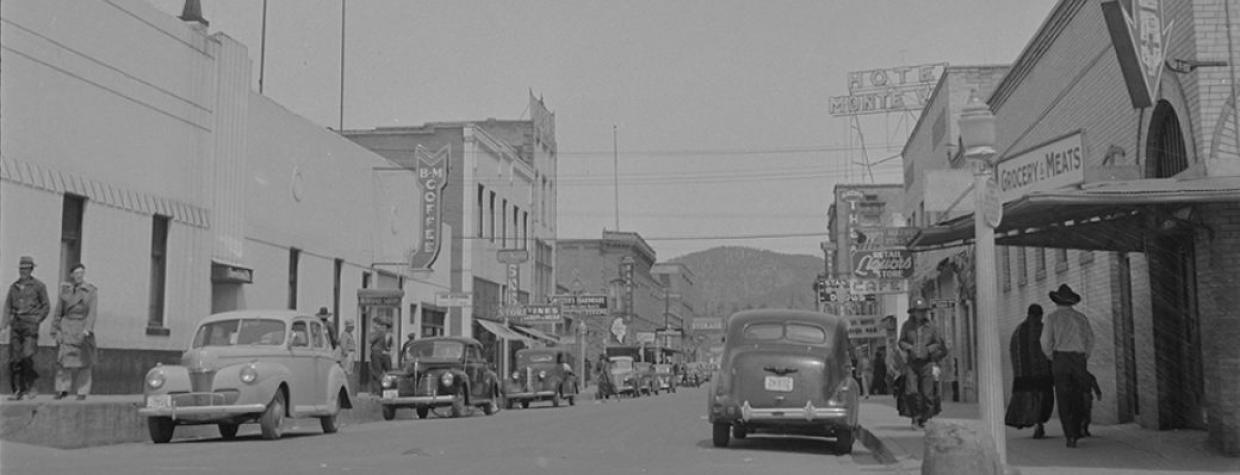You might say Flagstaff was built on exaggerations. In 1876, a man named Samuel Woodworth Cozzens wrote a book titled The Marvelous Country. "You'd call it a travel book today," says Leslie Roe, director of the Pioneer Museum and Riordan Mansion in Flagstaff. Unfortunately, the book was more fiction than fact. "It made a lot of claims and he told it in the first person, as though he experienced it," he says. It later came to light that Cozzens had never visited Northern Arizona. Despite that, the author ventured to cities like Boston, where he promoted his book. His wild claims eventually lured one group — the Boston Party — west.
Some 20 years after Lieutenant Edward Beale had carved out a trail through the area, the Boston Party arrived and built a camp near the base of the San Francisco Peaks. Alas, their stay was brief and they moved on. "They tried to build a town and farm crops, but they arrived so late in the growing season it was a dismal failure," explains Joe Meehan, curator of the Pioneer Museum. The party, however, left its mark. To commemorate the country's centennial, they stripped a pine tree and raised a flag. Some say that's how the town got its name.
Years later, nearby Antelope Springs was intended to be the railroad stop for the area. But because it was built on a slope, trains going west couldn't gain enough momentum to go uphill, so the railroad placed the stop 1 mile east.
When a post office was established there, it was given the name "Flagstaff." As the railroad boomed, so did the town's population, and today, Flagstaff is one of the premier tourist destinations in the state.

